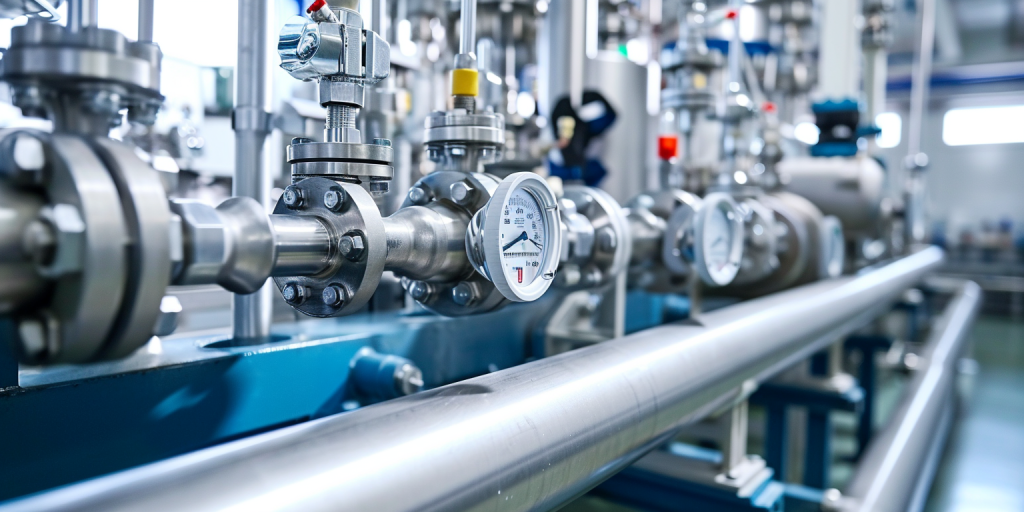
Flowmeters, often overlooked in industrial systems, have undergone major advances in design and technology over recent decades. These developments have improved accuracy, reliability, and versatility, moving measurement from purely mechanical methods to highly capable digital instruments. This evolution has delivered more efficient processes, better data quality, and greater adaptability. This article traces the key stages in that journey, highlighting the innovations that define modern flow measurement.
Traditional Mechanical Flowmeters
Early flowmeters were purely mechanical, using principles such as differential pressure, turbines, or rotameters. They provided essential measurements but lacked the accuracy, flexibility, and adaptability of today’s devices. Despite these limitations, they set the groundwork for subsequent improvements.
Electromagnetic and Ultrasonic Flowmeters
Electromagnetic flowmeters, which apply Faraday’s law of induction, provide accurate measurements for conductive liquids with minimal effects from pressure or temperature changes. Ultrasonic models, which use sound waves to determine flow, enable non-invasive measurement across a wide range of fluids. These technologies marked a decisive shift away from purely mechanical designs.
Coriolis Mass Flowmeters
Coriolis meters measure mass flow directly by detecting the deflection of vibrating tubes as fluid passes through. They offer exceptional accuracy and are especially important in sectors such as pharmaceuticals and chemicals, where precise mass data is essential.
Digitalisation and Smart Flowmeters
Modern electronics have transformed flowmeter capability. Features such as digital signal processing, communication protocols (Modbus, HART), and onboard data logging enable real‑time monitoring, remote diagnostics, and seamless integration with control systems.
Microfabrication and MEMS Technology
Advances in micro‑engineering have produced miniature, highly sensitive flow sensors based on MEMS principles. These compact devices fit easily into portable or specialised equipment, from medical devices to automotive systems.
Wireless and IoT Integration
Connectivity via wireless networks and IoT platforms now allows automatic data transmission, remote operation, and predictive maintenance. These capabilities reduce downtime and boost overall efficiency.
Machine Learning and Artificial Intelligence
Integrating AI and machine learning enables predictive analytics, turning raw flow data into actionable insights. These tools can identify developing problems and optimise performance before issues escalate.
Environmental Sustainability
New designs focus on energy efficiency and reduced environmental impact, reflecting the wider move towards sustainable industrial practices.
Conclusion
The progression from early mechanical meters to advanced digital systems has transformed how industries measure and manage flow. Improved accuracy, enhanced functionality, and a focus on sustainable design have expanded the role of flowmeters across various sectors. With continued innovation, the next generation will further enhance performance, integration, and reliability. Ask the experts, contact us
